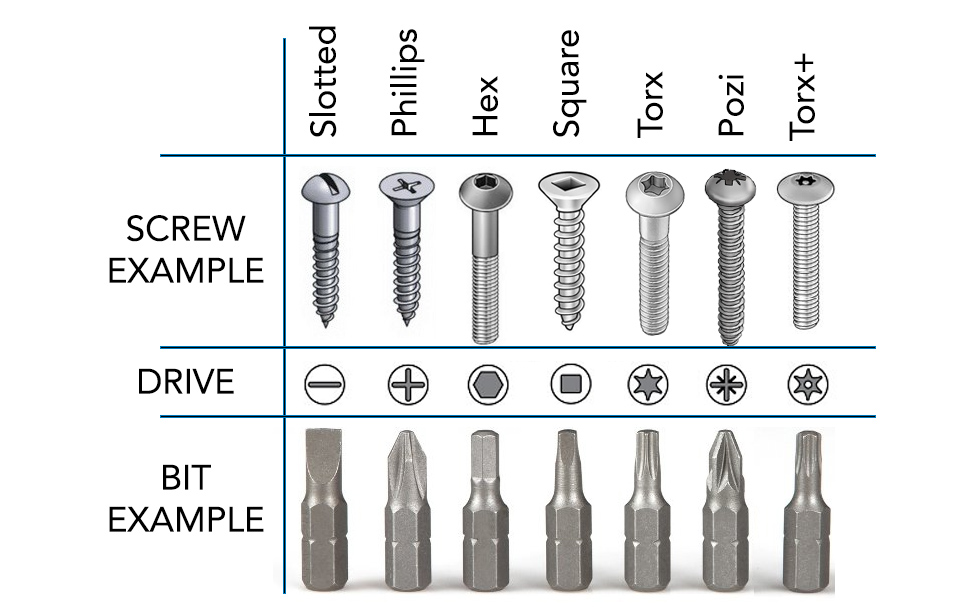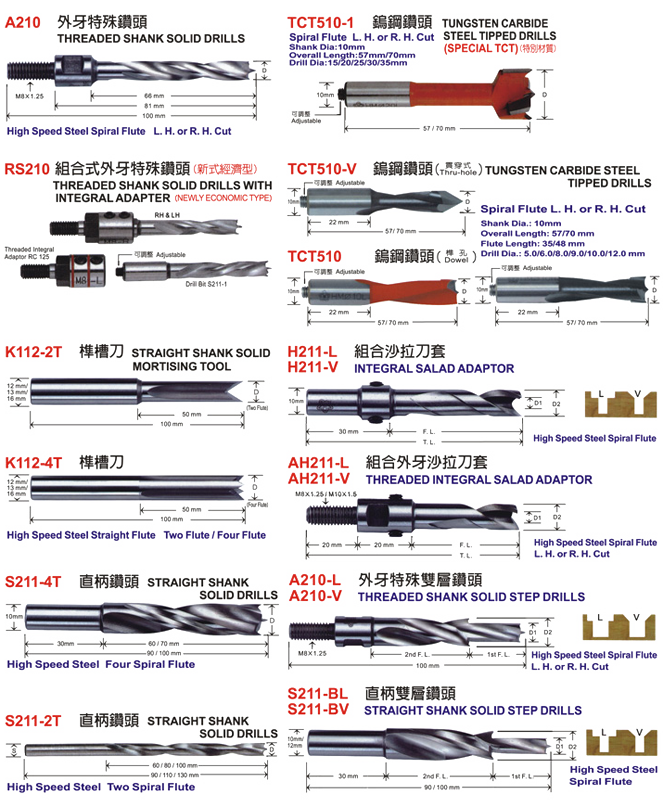

The diameter of the drill ranges from 0.5 to 40 mm increasing by 0.3 mm in lower series to 0.25 to 0.5 mm in higher series. The drill is a shortened form of the parallel shank twist drill, the shortening being on the flute length. The diameter of the drill range from 0.2 to 16 mm increasing by 0.02 to 0.03 mm in lower series to 0.25 mm in higher series. The drill has two helical flutes with parallel shank of approximately the same diameter as the cutting end. Parallel shank (short series or “Jobbers”) twist drill This type of drill is inconvenient in standard practice as the chips do not come out from the whole automatically.Ī.

A straight fluted drill may be considered as a cutting tool having zero rake.

Straight fluted drillĪ straight fluted drill has grooves or flutes running parallel to the drill axis. Further, it cannot be relied upon to drill a true straight hole, since the point of the drill has a tendency to run out of centre.Īnother difficulty of using this type of drill is that the chips do not come out from the hole automatically, but tends to pack more or less tightly, if deep holes are to be drilled. The disadvantage of this type is drill is that each time the drill is ground the diameter is reduced.

The cutting angle varies from 90° to 120° and the relief or clearance at the cutting edge is 3° to 8°. It is usually made from a piece of round tool steel which is forged to shape and ground to size, then hardened and tempered. Invest in an all-round set of screwdriver bits like this Draper 33 Piece set which has all the common types you need.A flat drill is sometimes used when a same sized, drill is not available. Screwdriver bits come in a variety of sizes and types including slotted, Phillips, Hex, Pozi, Torz and Allen.įor most DIY jobs you will typically only need slotted and Phillips. A specialist bit will fit into the drill chuck, while the other end will fit a screwdriver bit. While technically not a drill bit, screwdriver bits are used with a drill. TYPICALLY USED FOR: Cutting medium to large holes in wood quickly in areas where the hole won’t be seen, e.g under floorboards where wiring needs to go 7.
Different types of drill bits chart professional#
Ideal for cutting holes in wood up to around 25mm rapidly where the finish doesn’t need to be aesthetically pleasing. This Bosch Professional 6 piece Spade bit set has sizes from 13mm to 25mm and is a good starter set. The point provides the starting point and the blade does the coarse cutting. The spade drill bit has a single flat blade with a large point in the top to act as a guide. TYPICALLY USED FOR: Cutting larger holes in worktops and kitchen cabinets where pipework needs to pass through 6. The drill bit drills into the surface to create a stabilising point and the outer sheath - which has small sharp teeth - to cut a hole.īest used at a low drill speed, hole saws can cut holes up to around 70mm in width and around 18mm in depth. If you don't own a hole saw get your hands on a set like this HYCHIKA 17 piece set, which has everything you need to get started and sizes from 19mm to 68mm. These drill bits combine a standard twist bit with a larger hollow metal saw sheath. TYPICALLY USED FOR: Large scale general woodworking 5. If you need a larger bore you can buy bits individually. This HPMAISON 6 piece Auger bit set has all the standard drill bit sizes from 6mm-16mm which are ideal for most DIY projects. It would be used for larger scale woodworking projects rather than typical DIY projects. It has the guide point on the top of the drill, and the twist design to get rid of debris, but comes in larger sizes. The Auger drill bit is like the Brad point drill bit on steroids. Brad point drill bits have a point to guide the drill and give neat clean holes (Image credit: Steven Jenkins) 4.


 0 kommentar(er)
0 kommentar(er)
